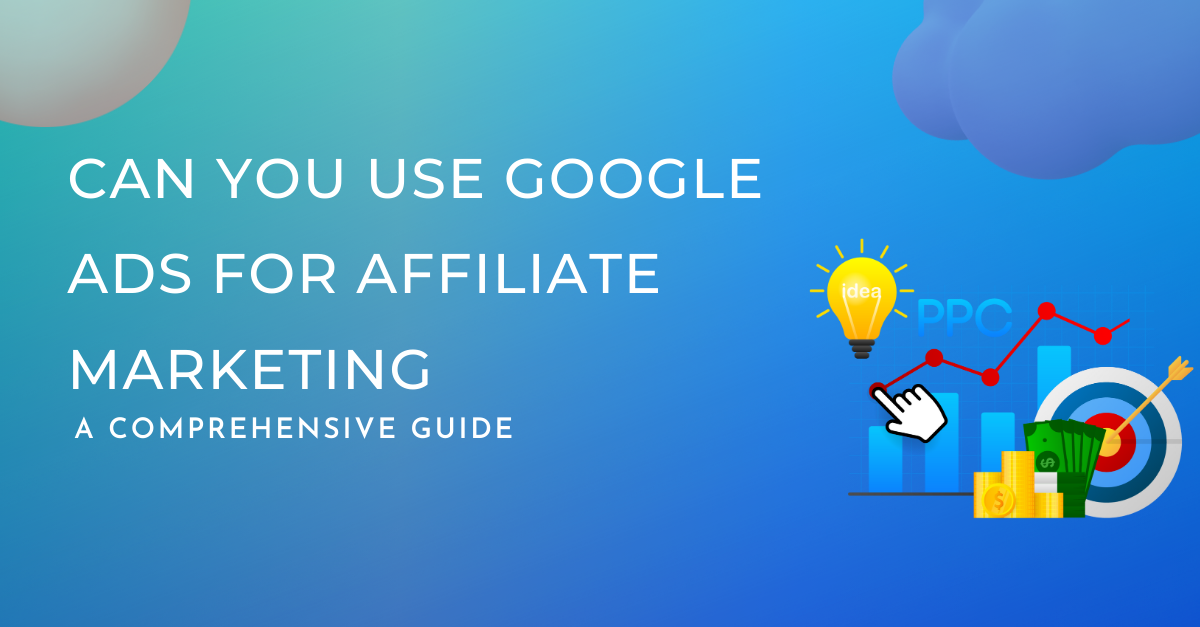Affiliate marketing is a dynamic and lucrative online business model, and Google Ads is a powerful advertising platform. But can you use Google Ads for affiliate marketing? This question often perplexes both aspiring and experienced affiliate marketers. In this comprehensive guide, we will explore the possibilities, challenges, and strategies involved in using Google Ads for affiliate marketing, shedding light on the rules and best practices that can lead to success.
For the latest updates and insights in the world of SEO and digital marketing, Visit To Web Info Tech Ltd . It’s a valuable resource that provides news and updates to keep you at the forefront of the ever-evolving world of SEO and online marketing
The Significance of Affiliate Marketing and Google Ads
Before diving into the details, it’s essential to understand the importance of both affiliate marketing and Google Ads:
- Affiliate Marketing: Affiliate marketing is a performance-based marketing model in which affiliates promote products or services of other companies. Affiliates earn a commission for each sale, lead, or action generated through their marketing efforts. This business model is attractive because it offers opportunities for passive income and a flexible work schedule.
- Google Ads: Google Ads, formerly known as Google AdWords, is Google’s advertising platform that allows businesses to display ads on the Google Search Network, Display Network, YouTube, and more. It’s an effective way to reach a broad or highly targeted audience and drive traffic to websites.
Now, let’s explore the possibilities and challenges of using Google Ads for affiliate marketing:
Possibilities of Using Google Ads for Affiliate Marketing
- Instant Traffic: Google Ads can deliver instant traffic to your affiliate offers. You can set up and launch a campaign quickly, and your ads can appear in Google search results within hours.
- Precise Targeting: Google Ads offers advanced targeting options, enabling you to reach a specific audience. You can target users based on keywords, demographics, location, and more, ensuring your ads reach potential customers.
- Scalability: Google Ads allows you to scale your affiliate marketing efforts as your campaigns become profitable. You can increase your budget, expand keyword lists, and explore new ad formats.
- Analytics and Optimization: The platform provides robust analytics and optimization tools. You can track the performance of your campaigns and make data-driven adjustments to maximize your ROI.
- Global Reach: With Google Ads, you can target both local and global audiences, making it suitable for affiliate marketers looking to expand their reach.
Challenges of Using Google Ads for Affiliate Marketing
While Google Ads offers numerous possibilities, it also comes with challenges for affiliate marketers:
- Competition: The affiliate marketing landscape is highly competitive, and Google Ads auctions can be fierce. You’ll be bidding against other affiliates and businesses, potentially driving up the cost per click (CPC).
- Ad Policies: Google has strict ad policies, and not all affiliate marketing offers comply with these policies. Certain niches, such as health and finance, have stringent regulations.
- Quality Scores: Google assesses the quality and relevance of ads and landing pages through Quality Scores. Low-quality scores can result in higher CPCs and lower ad positions.
- Costs: Running Google Ads campaigns can be costly, especially if you’re targeting competitive keywords. Managing your budget and optimizing your campaigns effectively is crucial.
- Account Suspension: Violating Google’s ad policies or using deceptive marketing practices can result in your Google Ads account being suspended, which could be detrimental to your affiliate marketing business.
Best Practices for Using Google Ads in Affiliate Marketing
To use Google Ads effectively for affiliate marketing, consider the following best practices:
- Choose the Right Affiliate Program: Select reputable affiliate programs and offers that comply with Google’s ad policies. Ensure that the affiliate program’s landing pages are of high quality.
- Keyword Research: Conduct thorough keyword research to find relevant, low-competition keywords. Long-tail keywords can be particularly valuable for affiliate marketing campaigns.
- Ad Relevance: Create ads that are highly relevant to the keywords you’re targeting. The ad copy should match the user’s search intent.
- Quality Landing Pages: Ensure your landing pages provide value and a seamless user experience. They should be informative, load quickly, and be mobile-friendly.
- Transparent and Ethical Marketing: Be transparent about your affiliate relationships and adhere to ethical marketing practices. Avoid misleading or deceptive advertising.
- Quality Score Optimization: Work on improving your ad’s Quality Score by providing relevant and high-quality content. Higher Quality Scores can lower your CPC.
- Testing and Optimization: Regularly test different ad creatives, keywords, and landing pages. Optimize your campaigns based on performance data.
- Compliance with Google Ads Policies: Familiarize yourself with Google’s ad policies and ensure compliance to avoid account suspension.
Final Thought
Affiliate marketing and Google Ads can be a powerful combination, but it requires careful planning, adherence to best practices, and an understanding of the challenges involved. By choosing the right affiliate programs, conducting thorough keyword research, and focusing on ad relevance and quality, affiliate marketers can harness the potential of Google Ads to drive traffic and boost their earnings.




